If you enjoy being self-reliant, eating healthy, planting and nurturing, and just being frugal — skills many of us have been working on during the uncertain times of the pandemic — here’s some good news! Did you know that there’s a garden waiting for you in your pantry or refrigerator?! It turns out that seeds in your food, and scraps you would usually throw away can be planted in your garden to give you nutritious, fresh produce with minimal effort and cost.
You will pick up additional benefits along the way too! For instance, planting organic foods can be healthier still, as eating organic helps us get rid of toxins that accumulate in our bodies. And planting gives us the “slow-it-down” moments in which we can pause and reflect amid our busy lives.
Chamomile
Chamomile tea bags are perhaps one source of seeds you can plant that you least expected. But these sachets contain plenty of ripe seed heads mixed in with the dried flowers. For centuries, this herb has been celebrated for its health-giving properties including improved sleep quality, and digestive health.
Writing in the Guardian, James Wong, aka @Botanygeek, recommends splitting open the teabag and rubbing the contents between your hands to release the seeds.
Just scatter the mix over a bare patch of soil in full sun, and water well. In a matter of weeks, you should see germination, with a carpet of white, fragrant, daisy-like flowers following a couple of months later.
What’s great about chamomile and other common pantry seeds like poppy seeds is that if watered well for the first month or two, you probably won’t need to plant them again as they are amazing self-sowers.
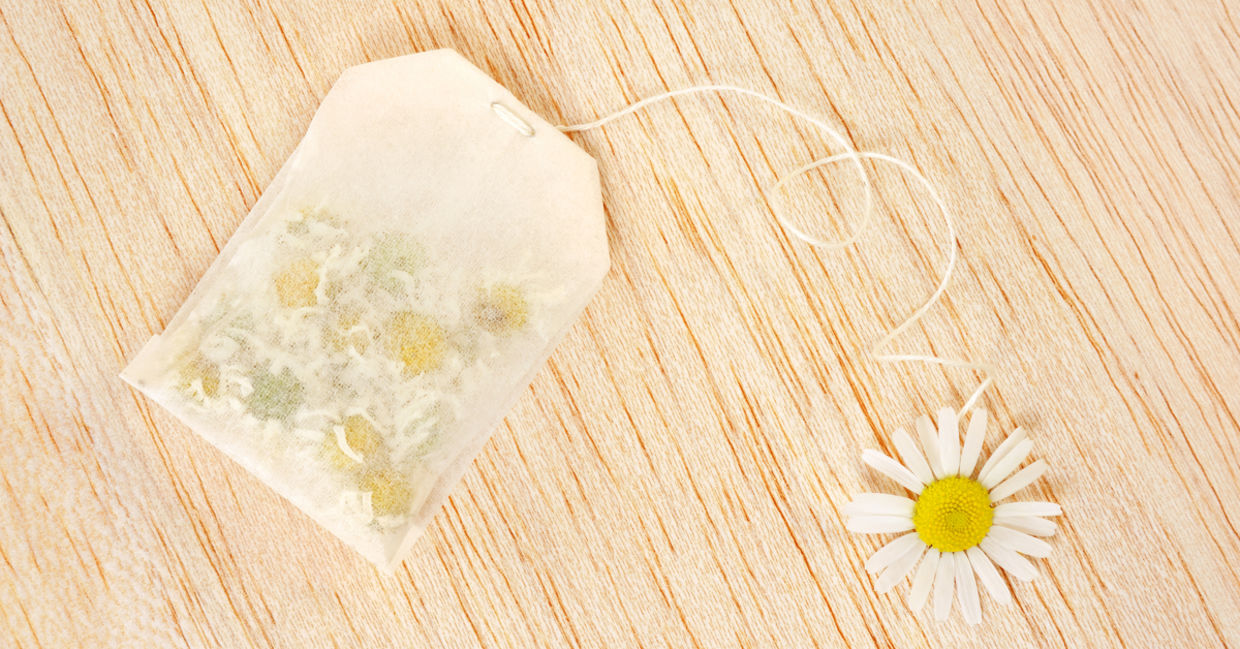
(Alena Brozova / Shutterstock.com)
Edamame
Beans are basically large seeds! Did you know that you can dry and save your edamame (young soya) beans as an affordable source of plants for next year? Diynetwork.com reports that if you leave some edamame pods out to dry, when the pods are browned and papery, and the seeds are dried, you can shell the pods and store the seeds over winter until it’s time to plant next year.
Edamame beans are a popular food and snack that provide an excellent source of protein, iron and calcium with other reported benefits such as improved cognitive functioning and reduced cholesterol.
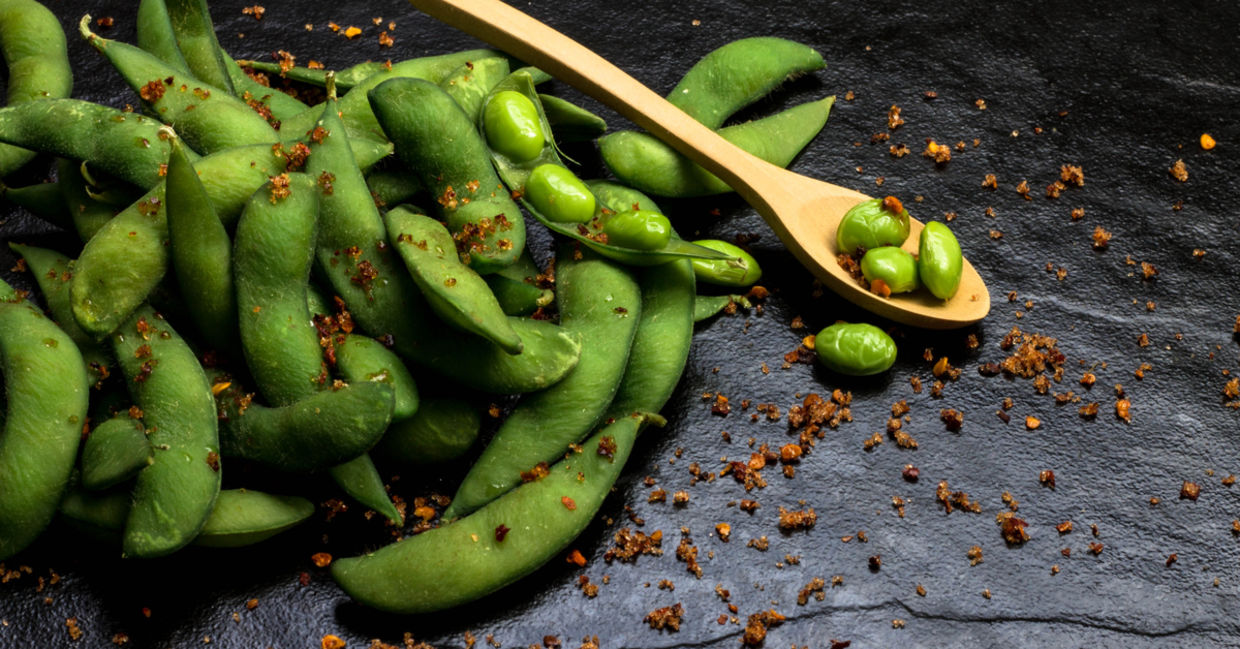
(THAMTECT / Shutterstock.com)
Celery
Celery, a vegetable made up of 95 percent water, also contains important vitamins and minerals like vitamins K and A, folate and potassium, as well as antioxidants and other disease-fighting plant compounds.
This vegetable is one of the easiest foods to grow from leftover scraps. Just cut off the bottom or base of your celery and lay it in a bowl with a little warm water in the bottom. Keep the bowl in direct sunlight and after about a week, you will notice the leaves thickening and growing along the base. Once this happens, transplant your celery in soil and wait for it to grow to its full length.
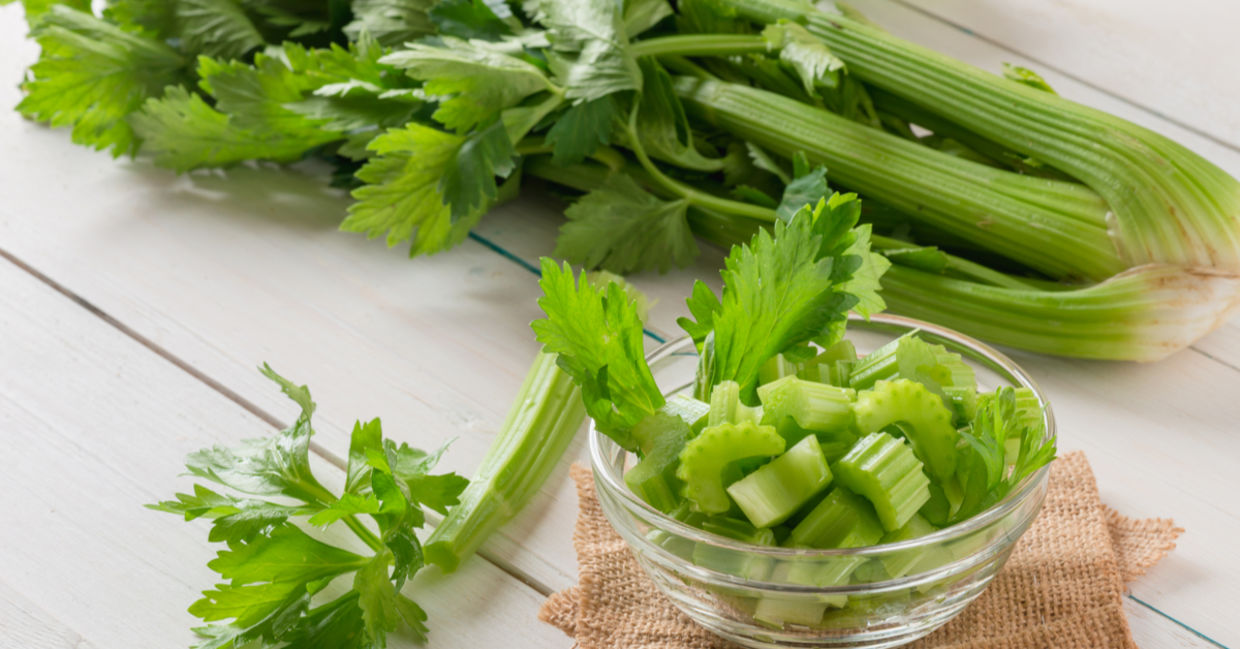
(inewsfoto / Shutterstock.com)
Cherries
Cherries are a good source of fiber, potassium, vitamin A and folic acid, and known for their antioxidant properties that protect our cells from damage caused by free radicals.
Cherry seeds can be planted directly in soil though you need to be patient as it takes some time before they become a tree laden with this vibrant fruit.
Wash the cherry seeds, and dry them wrapped in cotton cloth or a paper towel. Sow them outdoors in pots in the fall to see them germinate in the spring. As these seeds have a low germination rate, you need to plant multiple seeds, two inches deep, leaving at least 12 inches of space between them if you’re planting them in a garden. Once the plants reach a height of 10-12 inches, they are ready to be planted in their permanent position in the garden.
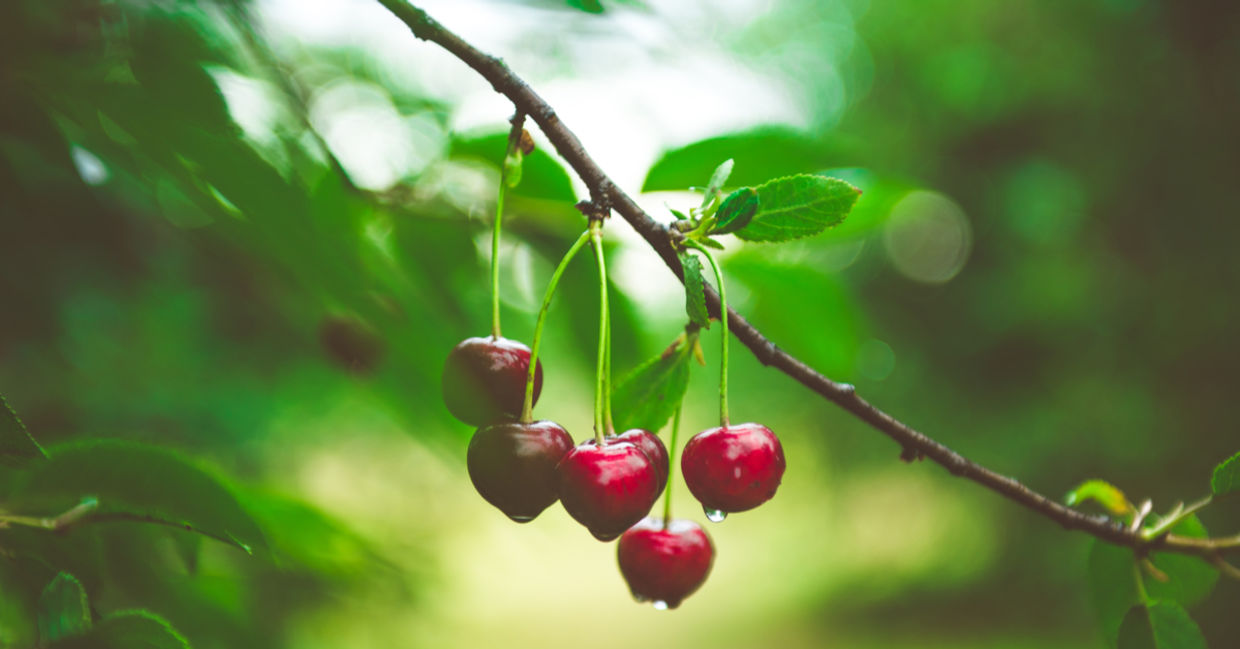
(Damian Lugowski / Shutterstock.com)
Sesame
Sesame seeds add a nutty flavor and crunchy texture to various foods. According to Healthline, they are an excellent source of protein, vitamins, minerals and antioxidants.
To grow your sesame seeds, sow them indoors before the last frost, keeping the soil nicely moist but not too wet. Once the seeds germinate, they can be planted outside when the weather warms up for spring.
You will notice seed pods in the summer or early fall. Before cold, wet weather arrives, cut the stems at the base and let them dry somewhere flat. As the plants dry, more pods will open and then you can bash them against the slides of a bucket to collect dry seeds which are now ready to be eaten and used in cooking.
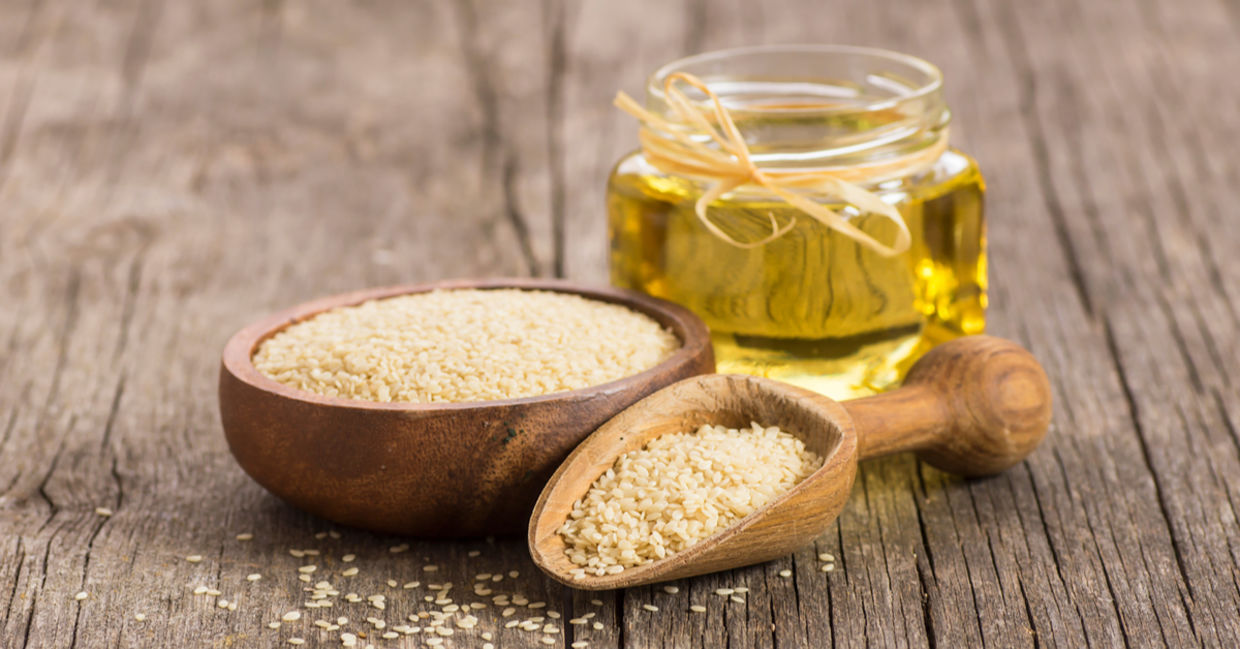
(Halil Ibrahim mescioglu / Shutterstock.com)
Ginger
Ginger, rich in anti-inflammatory and antioxidant properties and strong on taste too, is very easy to grow and keep your supply replenished.
Just plant a spare piece of your ginger “root” in potting soil, making sure that the buds are facing up. You will notice new shoots and new roots after about a week. Once this happens, you can pull it up and use it again. Remember to save a piece of the rhizome (the plant stem visible at the soil surface or underground containing nodes from which roots and shoots originate) so you can replant it and grow more for the next time you need it.
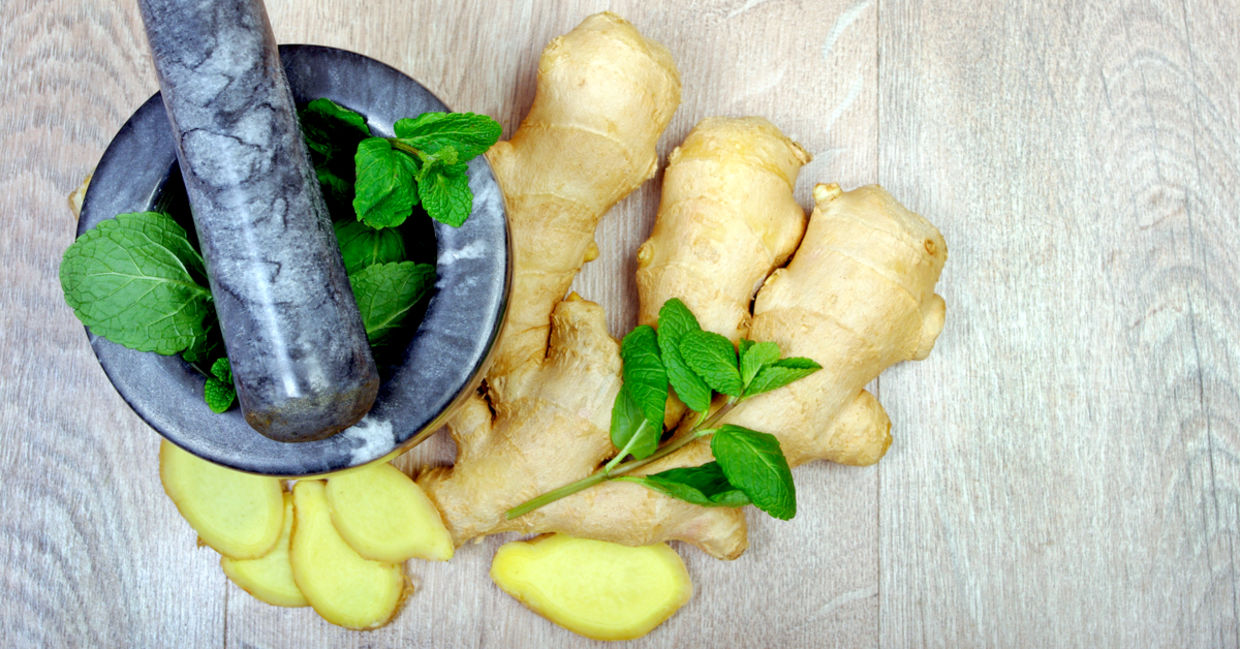
(KRIACHKO OLEKSII / Shutterstock.com)
Peppers
Rich in vitamins A and C and potassium, bell peppers also contain a healthy amount of fiber, folate and iron. Peppers grow quickly! You can scoop the seeds out of a bell pepper but can also opt for spicy alts using the seeds of a jalapeno, poblano, or habanero. Even dried chiles work!
Growing antioxidant-rich peppers from the seeds is simple. Collect the seeds from the pepper that you find in your pantry.
Plant peppers in moist, fertile soil, about a quarter to a half inch deep in direct sunlight. Water after planting, and then regularly while they grow. After harvesting new crops, save some seeds for replanting again!
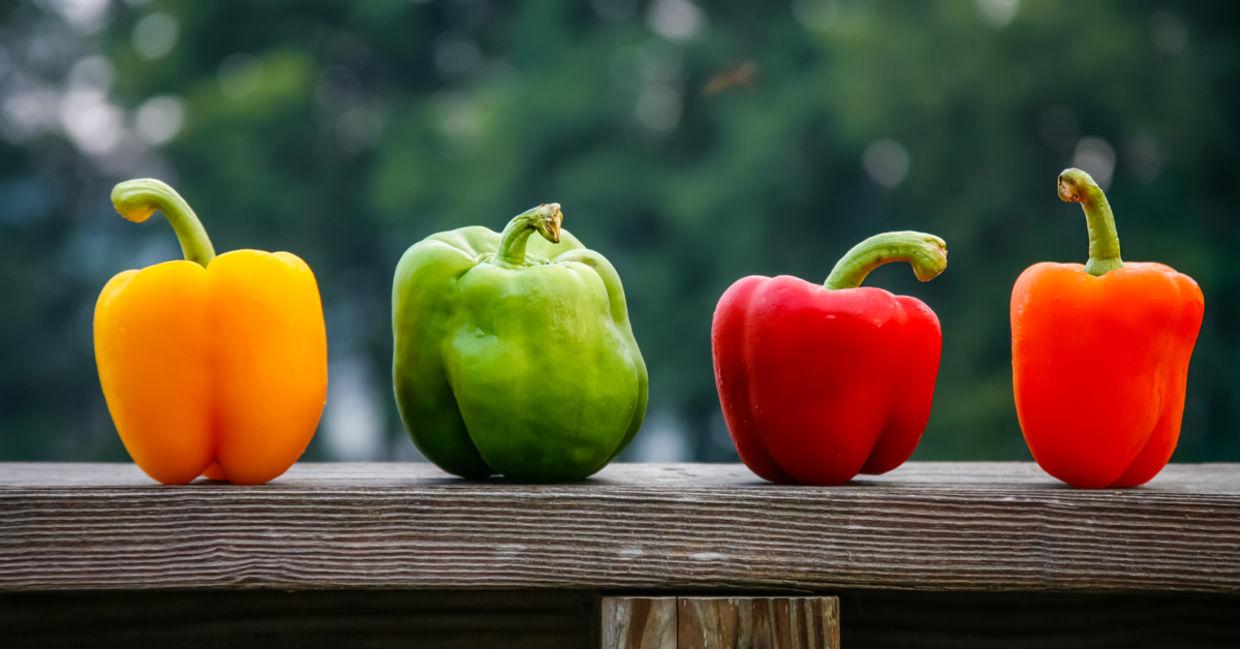
(hutch photography / Shutterstock.com)
Sweet potatoes
Sweet potatoes are sweet, starchy root vegetables that come in a variety of colors including orange, white and purple. As Healthline reports, they are also a rich source of vitamins, minerals, antioxidants and fiber.
In a Seattle Times article discussing getting closer to the life cycle of the foods we eat by planting them, 28-year-old urban farmer, Andrew Montain, shares his take on repurposing our food this way with journalist Michael Tortorello. He believes that sweet potatoes are probably the easiest of the crop: “As for the sweet potato, we probably didn’t have to do a thing, says Montain. “You could leave this on the shelf, and it would start to grow.”
Just one of these root vegetables can yield several more. In the springtime, cut it into hunks—make sure there are two or three “eyes” on each one, and that the eyes are facing up when planting, before covering with a few inches of dirt. You can even plant straight into a bag of soil.
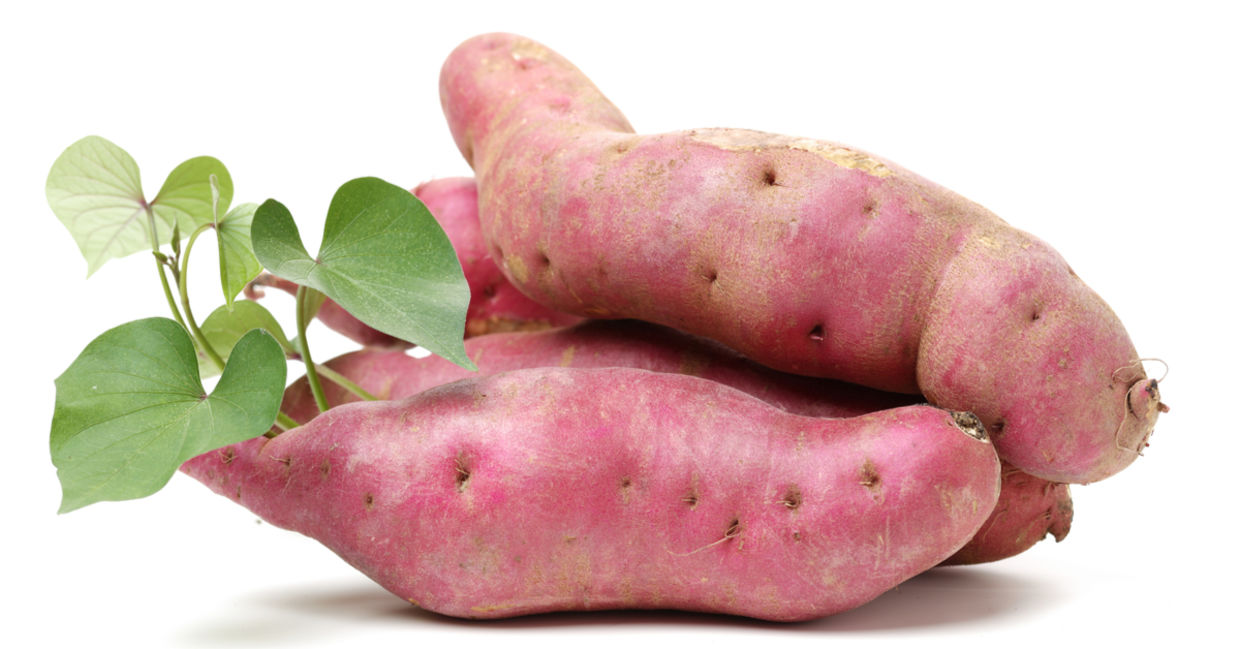
(JIANG HONGYAN / Shutterstock.com)
Avocados
You can grow seeds from avocados, a fruit rich in beneficial unsaturated fats, and vitamins like C, E, K and B-6, plus a posse of minerals like magnesium and potassium, and enjoy a constant supply of this superfood.
Wash the seed and use toothpicks to suspend it over water in a bowl or jar. The water should come up enough to cover the bottom inch of the seed. Keep the container in a warm place out of direct sunlight and remember to check the water every day and add more when required. It can take up to six weeks for the stem and roots to appear. Once the stem reaches about six inches, cut it down to three inches. When leaves begin appearing, you can plant the seed in soil, in a pot or garden, remembering to leave about half of it above ground.
Journalist Michael Tortorello, in the above-mentioned Seattle Times article, sees avocado planting as a sign that you’ve become a gardening enthusiast! “Avocado is a gateway seed — a way station on the path from horticultural dabbler to gardening addict. The pit, the toothpicks, the glass of water: this is seed germination at its most intoxicating.”
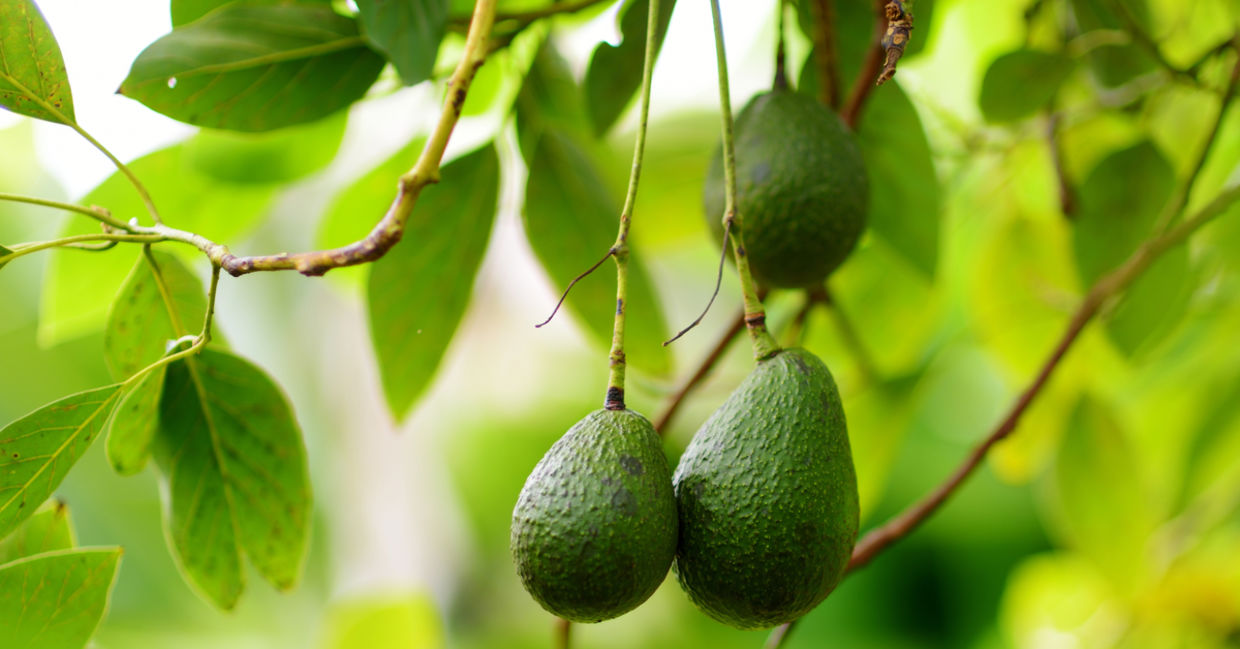
(MNStudio / Shutterstock.com)







